10 Quick Facts about Astigmatism
-
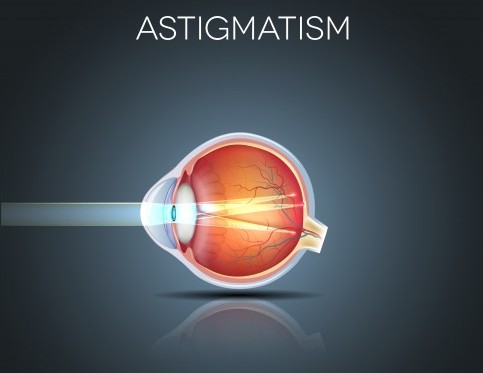
Astigmatism is a common refractive error that affects the eye’s ability to focus light. It occurs when the curvature of the eye is irregularly shaped. Most people have some degree of astigmatism, though for many it may go unnoticed. It can, however, be impactful enough to cause significant vision issues.
-
Two Categories of Astigmatism
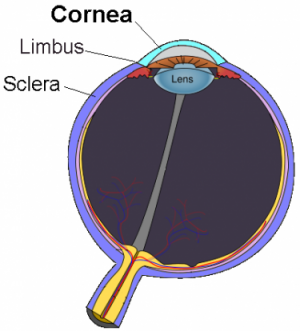
1. There are two categories of astigmatism: corneal (distorted cornea) and lenticular (distorted lens).
-
Corneal Astigmatism

2. Corneal astigmatism is the more common of the two.
-
Three Types of Astigmatism
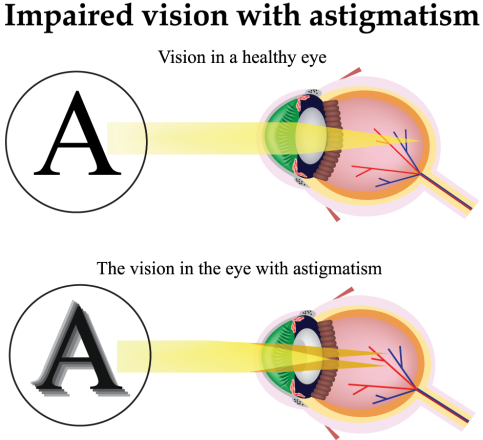
3. There are three types of astigmatism: myopic (nearsighted), hyperopic (farsighted) and mixed (combination of near and farsighted).
-
Blurred and Distorted Vision
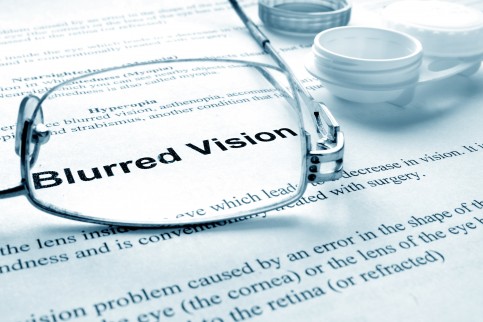
4. Astigmatism can cause blurred and distorted vision at all distances.
-
Eyestrain

5. Astigmatism may also cause eyestrain, fatigue and/or headaches.
-
No Definitive Cause

6. There is no definitive cause of astigmatism.
-
Present from Birth

7. Astigmatism is typically present from birth. The severity of the condition may improve or worsen as you age.
-
At the Optician

8. Astigmatism is diagnosed by a thorough eye exam.
-
Eyeglasses or Contacts

9. Most cases of astigmatism can be treated with eyeglasses or contacts.
-
Refractive Surgery
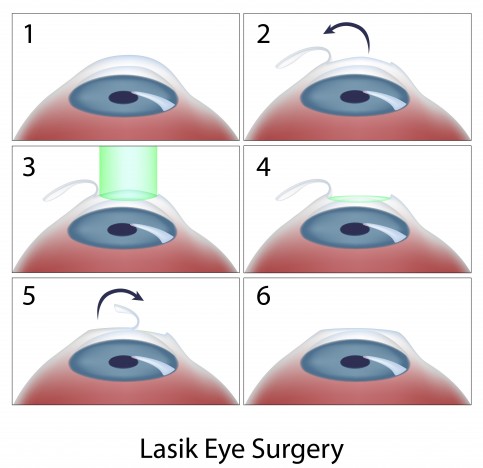
10. Refractive surgery offers a glasses/contact lens-free treatment alternative. (Your eye doctor can help you determine which specific refractive surgery is best suited to your needs.)






